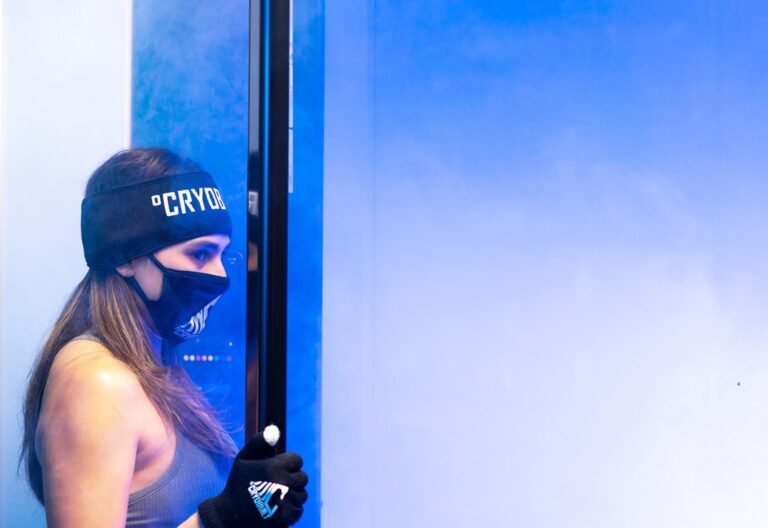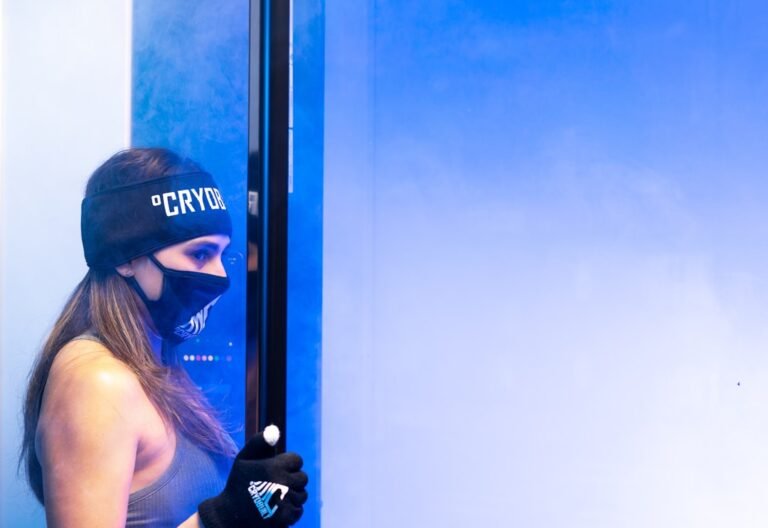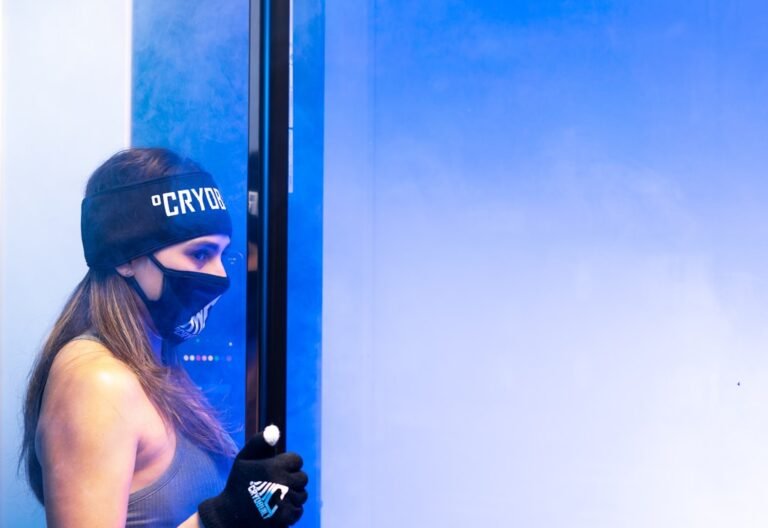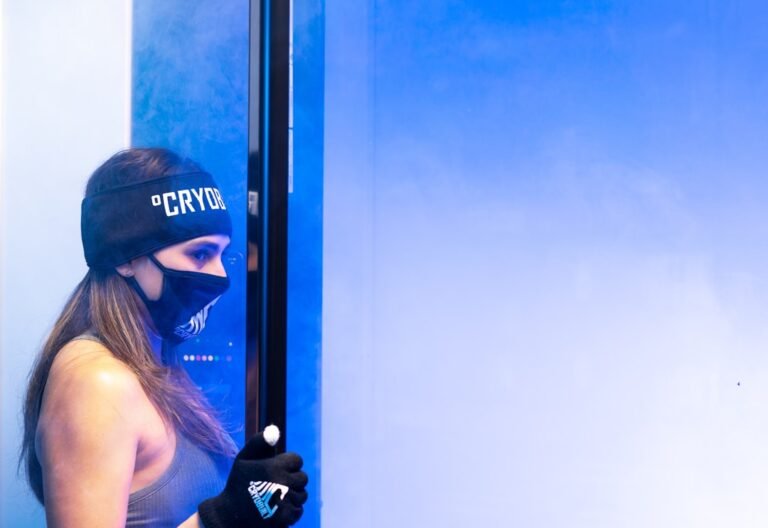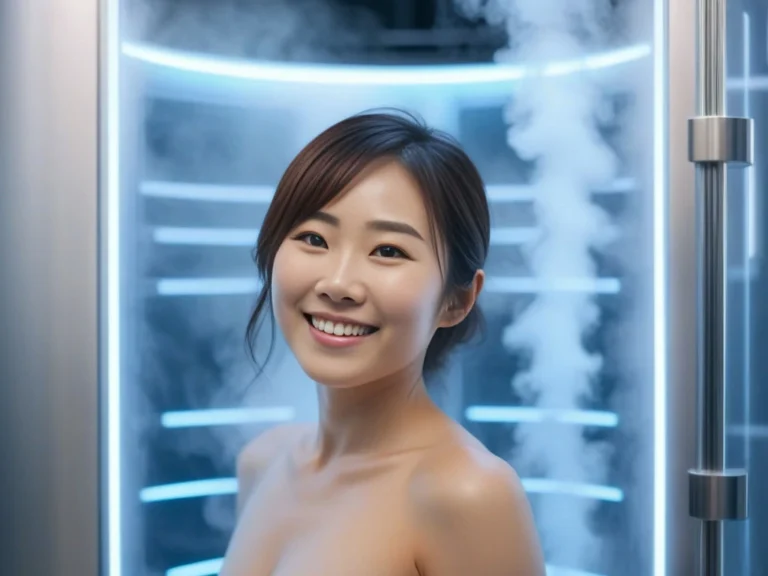How Is Cryotherapy Being Integrated into Modern Medicine in London?
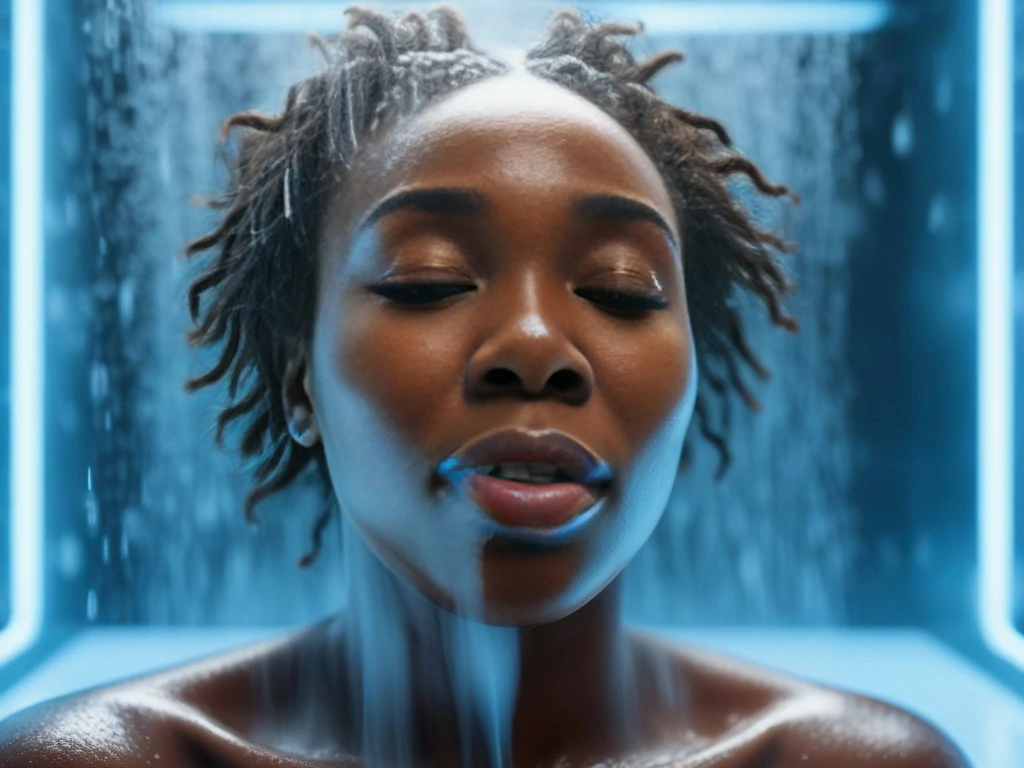
Cryotherapy, the use of extreme cold temperatures for therapeutic purposes, has gained significant popularity in London’s medical scene in recent years. This innovative treatment has been embraced by medical professionals and patients alike due to its potential benefits for a wide range of conditions. From pain management to sports injuries, skin conditions to mental health, cryotherapy is being hailed as a game-changer in the field of medicine. As more research is conducted and technology advances, the future of cryotherapy in London’s medical landscape looks promising.
Summary
- Cryotherapy is a modern medical treatment gaining popularity in London.
- Cryotherapy has numerous benefits for patients, including pain management, sports injuries, skin conditions, mental health, cancer treatment, rehabilitation, and cosmetic procedures.
- Cryotherapy is a revolutionary approach to pain management, providing a non-invasive alternative to traditional methods.
- Cryotherapy is a game-changing treatment for sports injuries, helping athletes recover faster and get back to their sport sooner.
- Cryotherapy is a promising solution for skin conditions, providing relief for conditions such as eczema and psoriasis.
The Science Behind Cryotherapy and Its Benefits for Patients
Cryotherapy works by exposing the body or specific areas of the body to extremely cold temperatures, typically ranging from -110°C to -160°C. This exposure triggers a physiological response in the body, leading to various therapeutic effects. One of the main benefits of cryotherapy is its ability to reduce inflammation and swelling. The extreme cold causes blood vessels to constrict, which helps to reduce blood flow and inflammation in the targeted area.
In addition to reducing inflammation, cryotherapy can also help with pain management. The cold temperatures numb nerve endings, providing temporary relief from pain. This can be particularly beneficial for individuals suffering from chronic pain or recovering from surgery. Cryotherapy has also been shown to stimulate the release of endorphins, which are natural painkillers produced by the body.
There are different types of cryotherapy that can be used depending on the patient’s needs. Whole-body cryotherapy involves exposing the entire body to cold temperatures in a specialized chamber for a short period of time. Localized cryotherapy targets specific areas of the body, such as joints or muscles, using a handheld device. Facial cryotherapy is a newer technique that involves applying cold temperatures to the face and neck area to improve skin tone and reduce signs of aging.
Cryotherapy for Pain Management: A Revolutionary Approach
Pain management is one area where cryotherapy has shown great promise. Traditional pain management methods often involve the use of medication, which can have side effects and may not always provide long-term relief. Cryotherapy offers a non-invasive and drug-free alternative for managing pain.
Cryotherapy can be particularly effective for individuals suffering from chronic pain conditions such as arthritis or fibromyalgia. The cold temperatures help to reduce inflammation and numb nerve endings, providing temporary relief from pain. Many patients report a significant reduction in pain levels after undergoing cryotherapy sessions.
Post-surgery pain is another area where cryotherapy can be beneficial. After a surgical procedure, patients often experience swelling and discomfort. Cryotherapy can help to reduce swelling and provide pain relief, allowing patients to recover more comfortably.
Cryotherapy for Sports Injuries: A Game-Changing Treatment
Sports injuries are a common occurrence among athletes and active individuals. These injuries can range from muscle strains and sprains to joint pain and inflammation. Cryotherapy has emerged as a game-changing treatment for sports injuries, offering athletes a faster and more effective way to recover.
When an athlete sustains an injury, the body’s natural response is to send blood flow to the injured area to promote healing. However, this increased blood flow can also lead to inflammation and swelling, which can prolong the recovery process. Cryotherapy helps to reduce inflammation by constricting blood vessels and reducing blood flow to the injured area.
In addition to reducing inflammation, cryotherapy can also help with pain management for sports injuries. The cold temperatures numb nerve endings, providing temporary relief from pain. This allows athletes to continue with their training or rehabilitation exercises without being hindered by pain.
Cryotherapy for Skin Conditions: A Promising Solution
Skin conditions such as acne, eczema, and psoriasis can have a significant impact on an individual’s quality of life. Traditional treatments for these conditions often involve the use of medication or topical creams, which may not always provide satisfactory results. Cryotherapy offers a promising solution for individuals with skin conditions, providing a non-invasive and drug-free alternative.
Cryotherapy works by reducing inflammation and stimulating collagen production in the skin. The extreme cold temperatures help to constrict blood vessels, reducing redness and swelling associated with skin conditions. The increased collagen production helps to improve skin tone and texture, reducing the appearance of acne scars or other blemishes.
Many individuals with skin conditions have reported significant improvements in their symptoms after undergoing cryotherapy sessions. The cold temperatures provide immediate relief from itching and discomfort, while the long-term effects help to improve the overall appearance and health of the skin.
Cryotherapy for Mental Health: An Emerging Field of Research
Mental health conditions such as anxiety and depression are becoming increasingly prevalent in today’s society. Traditional treatments for these conditions often involve the use of medication or therapy, which may not always be effective for everyone. Cryotherapy is now being studied as a potential treatment for mental health conditions, offering a non-invasive and drug-free alternative.
The extreme cold temperatures used in cryotherapy have been shown to stimulate the release of endorphins, which are natural mood-boosting chemicals produced by the body. This can help to alleviate symptoms of anxiety and depression, providing individuals with a sense of calm and relaxation.
In addition to its mood-boosting effects, cryotherapy has also been shown to improve sleep quality. Many individuals with mental health conditions struggle with sleep disturbances, which can further exacerbate their symptoms. Cryotherapy helps to regulate sleep patterns by promoting the release of melatonin, a hormone that regulates sleep-wake cycles.
The Role of Cryotherapy in Cancer Treatment and Management
Cryotherapy is now being used in cancer treatment and management as a way to reduce side effects of chemotherapy and radiation therapy. These treatments often cause damage to healthy cells and tissues, leading to side effects such as pain, inflammation, and fatigue. Cryotherapy can help to alleviate these side effects and improve the overall well-being of cancer patients.
During cryotherapy sessions, cold temperatures are applied to the skin or specific areas of the body. This helps to constrict blood vessels and reduce blood flow to the targeted area, which can help to minimize the damage caused by chemotherapy or radiation therapy. Cryotherapy has been shown to reduce pain and inflammation, improve energy levels, and enhance overall quality of life for cancer patients.
Cryotherapy in Rehabilitation: An Effective Tool for Recovery
Rehabilitation is an important part of the recovery process for individuals who have suffered from injuries or undergone surgeries. Cryotherapy has emerged as an effective tool for rehabilitation, helping to speed up recovery and reduce pain.
After an injury or surgery, swelling and inflammation are common. Cryotherapy can help to reduce these symptoms by constricting blood vessels and reducing blood flow to the affected area. This can help to speed up the healing process and allow individuals to regain their mobility more quickly.
In addition to reducing inflammation, cryotherapy can also provide pain relief for individuals in rehabilitation. The cold temperatures numb nerve endings, providing temporary relief from pain. This can allow individuals to engage in rehabilitation exercises more comfortably and effectively.
Cryotherapy in Cosmetic Procedures: A Non-Invasive Alternative
Cosmetic procedures such as facelifts and liposuction have traditionally been invasive and often require a significant amount of downtime for recovery. Cryotherapy is now being used as a non-invasive alternative for cosmetic procedures, offering patients a quicker and less painful option.
Facial cryotherapy has gained popularity as a way to reduce the appearance of wrinkles and fine lines. The cold temperatures help to tighten the skin and stimulate collagen production, resulting in a more youthful and rejuvenated appearance. Many individuals have reported noticeable improvements in their skin tone and texture after undergoing facial cryotherapy sessions.
Cryotherapy is also being used as a non-invasive alternative to liposuction for body contouring. The cold temperatures help to freeze and destroy fat cells, which are then naturally eliminated by the body. This can result in a more sculpted and toned appearance without the need for surgery or downtime.
The Future of Cryotherapy in London’s Medical Landscape
As cryotherapy continues to gain popularity and recognition in London’s medical scene, the future looks promising for this innovative treatment. Ongoing research and developments in cryotherapy technology and techniques are expected to further enhance its effectiveness and expand its applications.
Researchers are exploring new ways to optimize cryotherapy treatments, such as using different cooling agents or combining cryotherapy with other therapies. This could potentially lead to even better outcomes for patients and a wider range of conditions that can be treated with cryotherapy.
In addition, advancements in cryotherapy technology are making the treatment more accessible and convenient for patients. Portable cryotherapy devices are now available, allowing individuals to undergo cryotherapy sessions in the comfort of their own homes. This could revolutionize the way cryotherapy is administered and make it more accessible to a larger population.
In conclusion, cryotherapy has become an integral part of London’s modern medical scene. Its potential benefits for pain management, sports injuries, skin conditions, mental health, cancer treatment, rehabilitation, and cosmetic procedures make it a versatile and promising treatment option. As research and technology continue to advance, the future of cryotherapy in London’s medical landscape looks bright.
FAQs
What is cryotherapy?
Cryotherapy is a medical treatment that involves exposing the body to extremely cold temperatures for a short period of time to promote healing and reduce inflammation.
How is cryotherapy being integrated into modern medicine in London?
Cryotherapy is being used in London as a complementary therapy to traditional medical treatments. It is being used to treat a variety of conditions, including sports injuries, arthritis, and chronic pain.
What are the benefits of cryotherapy?
The benefits of cryotherapy include reduced inflammation, improved circulation, pain relief, and increased energy levels. It is also believed to boost the immune system and promote overall wellness.
Is cryotherapy safe?
Cryotherapy is generally considered safe when performed by a trained professional. However, there are some risks associated with the treatment, including frostbite, skin irritation, and nerve damage.
Who can benefit from cryotherapy?
Cryotherapy can benefit anyone who is looking to reduce inflammation, improve circulation, and promote healing. It is particularly effective for athletes and people with chronic pain conditions.
How long does a cryotherapy session last?
A typical cryotherapy session lasts between 2-4 minutes. However, the length of the session can vary depending on the individual’s needs and the specific treatment being performed.
How much does cryotherapy cost?
The cost of cryotherapy varies depending on the location and the specific treatment being performed. In London, the cost of a single session can range from £50 to £100.

